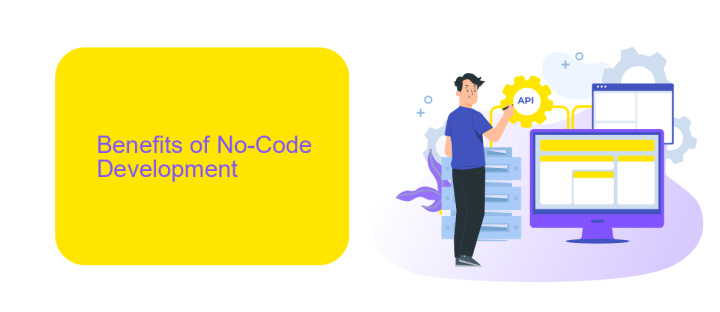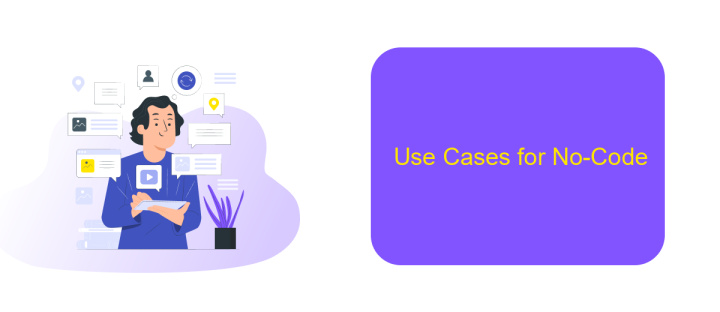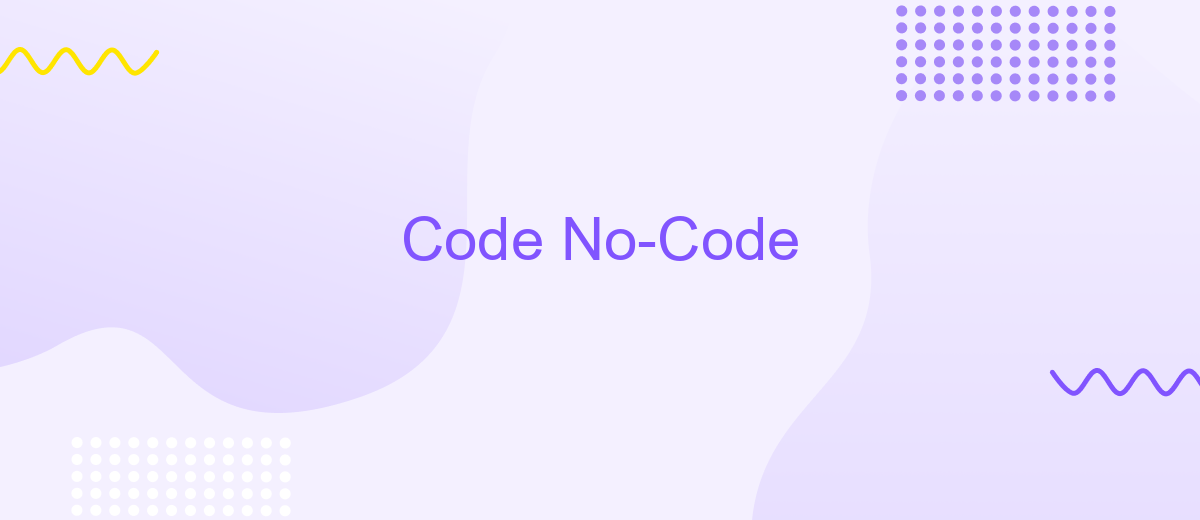Code No-Code
In today's rapidly evolving tech landscape, the debate between traditional coding and no-code platforms has become more prominent than ever. While coding offers unparalleled customization and control, no-code solutions empower non-technical users to build applications quickly and efficiently. This article delves into the strengths and limitations of both approaches, helping you decide which is best suited for your needs.
History of Code vs. No-Code
The evolution of software development has seen a significant shift from traditional coding to no-code platforms. Initially, coding required extensive knowledge of programming languages, which limited software creation to skilled developers. However, the emergence of no-code platforms has democratized software development, allowing non-developers to create applications through visual interfaces.
- Traditional Coding: Involves writing code in languages like Python, Java, and C++.
- No-Code Platforms: Use visual interfaces and pre-built modules to create applications.
- Integration Services: Tools like ApiX-Drive facilitate seamless integration between various applications without coding.
As technology advances, the distinction between coding and no-code solutions continues to blur. No-code platforms are becoming more sophisticated, offering features that were once exclusive to traditional coding. Integration services like ApiX-Drive further enhance the capabilities of no-code solutions by enabling easy connectivity between different software, making it possible for businesses to automate workflows without the need for extensive programming knowledge.
Benefits of No-Code Development

No-code development offers a range of benefits that make it an attractive option for businesses and individuals alike. One of the most significant advantages is the speed at which applications can be developed. Traditional coding can be time-consuming and often requires specialized skills, whereas no-code platforms enable users to create functional applications in a fraction of the time. This rapid development cycle allows businesses to respond quickly to market demands and iterate on their products more efficiently.
Another key benefit of no-code development is the democratization of technology. By lowering the barrier to entry, no-code platforms empower non-technical users to bring their ideas to life without needing to rely on developers. This is particularly valuable for small businesses and startups that may not have the resources to hire a full development team. Additionally, services like ApiX-Drive facilitate seamless integration with various third-party applications, further enhancing the functionality and connectivity of no-code solutions. This ease of integration ensures that even complex workflows can be automated and managed with minimal effort.
Comparison of Code and No-Code

When comparing Code and No-Code approaches, it's essential to understand their distinct advantages and limitations. Code solutions offer unparalleled flexibility and control, allowing developers to create highly customized applications tailored to specific needs. However, they require significant programming knowledge and can be time-consuming to develop and maintain.
- Flexibility: Code solutions provide greater customization options, while No-Code platforms offer pre-built templates and components.
- Speed: No-Code platforms enable rapid development and deployment, whereas coding from scratch can be slower.
- Cost: No-Code solutions typically reduce development costs, eliminating the need for specialized programming skills.
- Integration: Tools like ApiX-Drive simplify integration processes in No-Code environments, whereas coding requires manual API handling.
- Scalability: Code solutions can be more scalable and robust, while No-Code platforms may have limitations as projects grow.
In conclusion, the choice between Code and No-Code depends on the specific requirements and resources of a project. For quick, cost-effective solutions, No-Code platforms are ideal. However, for complex, scalable applications, traditional coding remains the best option. Integrating services like ApiX-Drive can further enhance the capabilities of No-Code platforms by streamlining API integrations.
Use Cases for No-Code

No-code platforms have revolutionized the way businesses approach software development, making it accessible to non-technical users. These platforms enable users to create applications, automate workflows, and manage data without writing a single line of code. This democratization of technology has opened up numerous use cases across various industries.
One of the primary use cases for no-code platforms is in the realm of business process automation. Companies can streamline their operations by automating repetitive tasks, such as data entry, reporting, and customer follow-ups. This not only saves time but also reduces the likelihood of human error.
- Building internal tools for data management and reporting
- Creating customer-facing applications like portals and forms
- Automating marketing campaigns and lead generation
- Setting up integrations between various software systems using services like ApiX-Drive
No-code platforms are also invaluable for startups and small businesses that lack the resources for a full-fledged development team. By leveraging these tools, they can quickly prototype and launch products, test market viability, and iterate based on user feedback. This agility is crucial in today’s fast-paced business environment.
Future of No-Code Development
The future of no-code development is set to revolutionize the way businesses and individuals approach software creation. With advancements in artificial intelligence and machine learning, no-code platforms are becoming more intuitive and capable, allowing users to create complex applications without any programming knowledge. These platforms will enable faster prototyping and deployment, reducing time-to-market and fostering innovation across various industries. As a result, the demand for no-code solutions is expected to grow exponentially, democratizing software development and empowering a broader range of people to bring their ideas to life.
Integration capabilities will play a crucial role in the evolution of no-code platforms. Tools like ApiX-Drive are already simplifying the process of connecting different applications and automating workflows. By offering seamless integration with various services and APIs, ApiX-Drive allows users to build cohesive systems without writing a single line of code. This trend will continue to expand, making it easier for businesses to streamline their operations and enhance productivity. In the near future, no-code platforms will become indispensable tools for digital transformation, enabling organizations to adapt quickly to changing market demands and technological advancements.
FAQ
What is the difference between Code and No-Code development?
Can No-Code platforms handle complex automation tasks?
How secure are No-Code applications?
Can I integrate different software applications using No-Code tools?
Is No-Code suitable for large-scale enterprise applications?
Time is the most valuable resource for business today. Almost half of it is wasted on routine tasks. Your employees are constantly forced to perform monotonous tasks that are difficult to classify as important and specialized. You can leave everything as it is by hiring additional employees, or you can automate most of the business processes using the ApiX-Drive online connector to get rid of unnecessary time and money expenses once and for all. The choice is yours!

